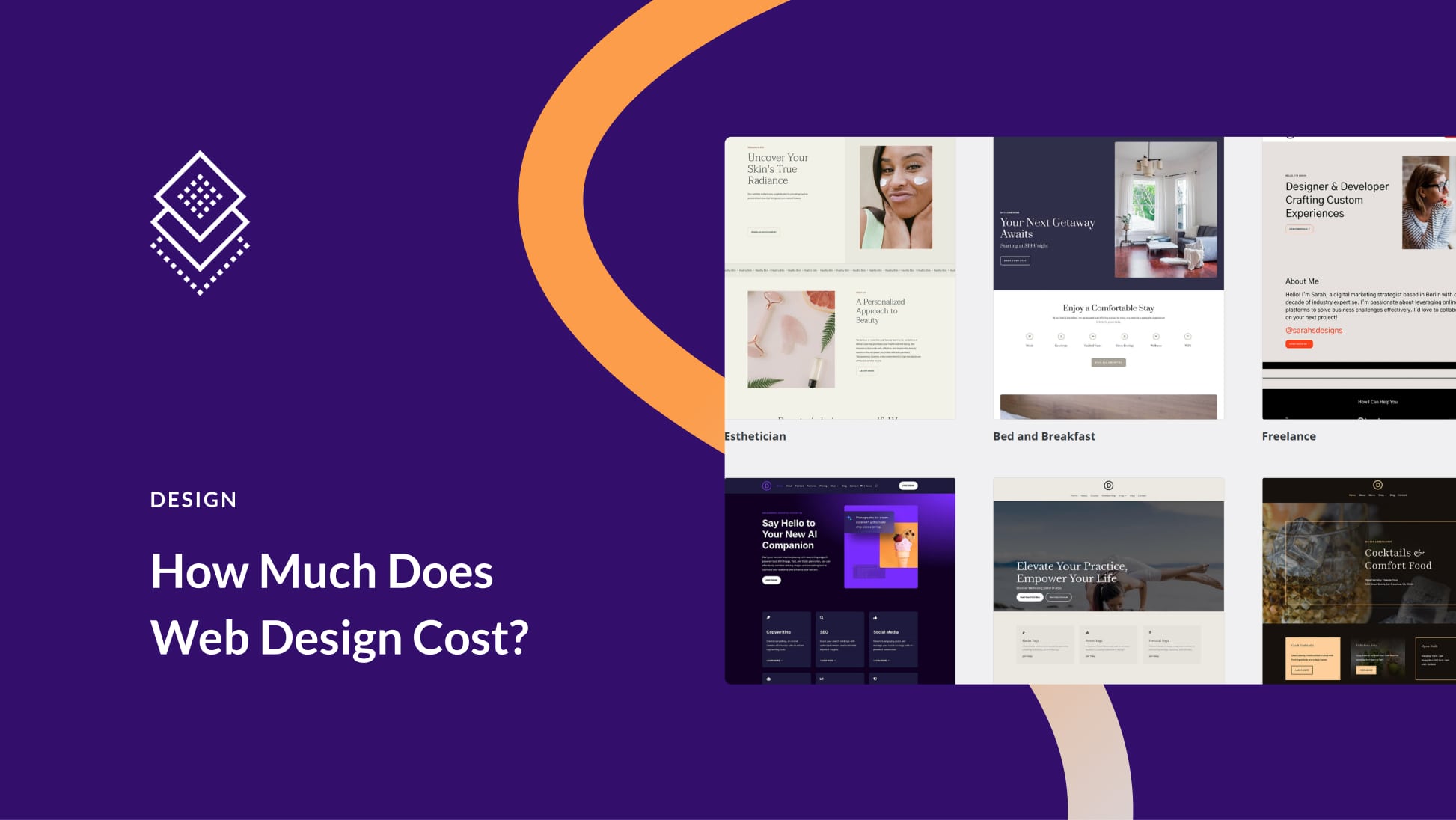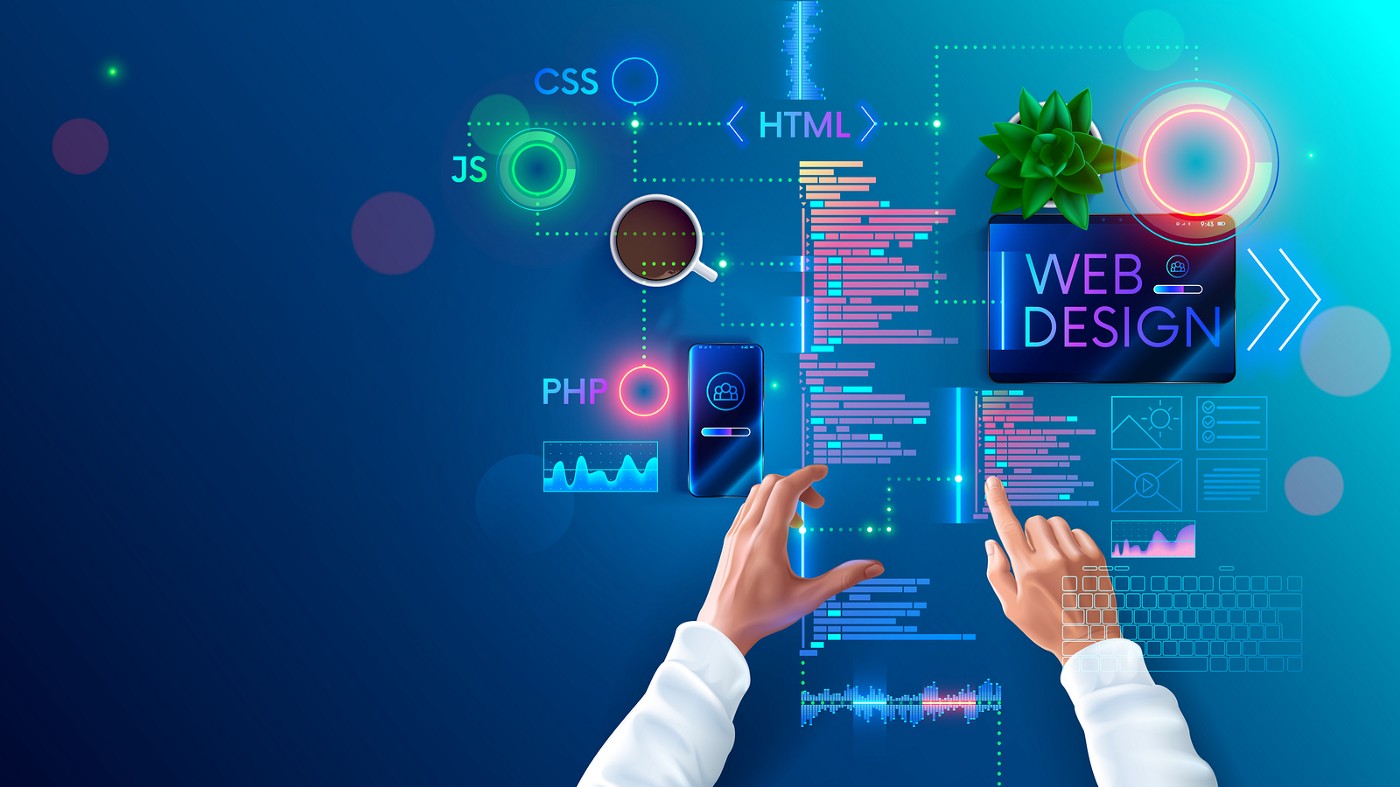Expert Aligned Position Web Design: Elevate Your Digital Presence with Our Professional Services
Wiki Article
The Most Effective Sorts Of Web Style to Boost Individual Experience and Interaction
In the ever-evolving landscape of electronic communication, the effectiveness of Web design substantially impacts user experience and interaction. Different layout methods, such as minimalist, receptive, and interactive formats, each offer special benefits that can provide to varied customer needs.Minimal Website Design
As electronic landscapes come to be significantly chaotic, minimal website design has emerged as a powerful method to enhancing user experience. This design philosophy prioritizes simplicity, concentrating on essential elements while removing unneeded disturbances. By using adequate white space, straightforward navigation, and a minimal shade scheme, minimalist style fosters quality and routes customer interest to essential content.The core concept of minimal Web design is to develop a seamless interaction for customers. By minimizing cognitive tons, users can promptly comprehend information without really feeling overwhelmed. This direct strategy not only improves use however also encourages involvement, as site visitors are a lot more likely to explore a website that is visually enticing and easy to navigate.
In addition, minimalist layout often highlights typography and imagery, using these elements purposefully to communicate messages effectively. This concentrate on important parts can improve brand name identity and develop a remarkable user experience. Essentially, minimal website design is not just a trend; it is a thoughtful methodology that acknowledges the relevance of user-centered design. By removing away supplementary elements, designers can produce an extra engaging, efficient, and satisfying Web experience for all users.
Responsive Web Design
In today's diverse digital atmosphere, receptive Web layout has come to be important for producing a smooth individual experience across a multitude of gadgets. As individuals access websites on smartphones, laptop computers, tablet computers, and desktop computers, the capacity of a website to adapt its layout and content to various display dimensions and resolutions is vital.Receptive website design utilizes versatile grids, pictures, and CSS media queries to ensure that Web material is offered efficiently, no matter the gadget used. This approach not just boosts the aesthetic appeal of a website but also significantly boosts functionality. Individuals are much more most likely to involve with a site that provides a consistent experience, as it eliminates the disappointment of having to zoom in or scroll excessively.
Moreover, search engines, including Google, prioritize mobile-friendly internet sites in search positions. By embracing responsive design, companies can enhance their visibility and reach a broader audience. This technique also streamlines site upkeep, as a single version of the site can provide to all tools, lowering the demand for multiple variations. In recap, responsive Web style is an essential technique that improves user experience, involvement, and total contentment.
Interactive Website Design
Receptive Web style lays the groundwork for improving individual experience, yet interactive website design takes this an action further by engaging individuals in a much more vibrant way - Aligned Position Web Design. By integrating components such as animations, clickable prototypes, and real-time comments, interactive Web layout mesmerizes individuals, attracting them right into a richer surfing experienceThis approach not only promotes involvement but also encourages individuals to check out material proactively instead of passively consuming it. Techniques such as gamification, where users make benefits for completing tasks, can significantly boost the time invested in a website and boost total complete satisfaction. Interactive attributes can streamline intricate details, making it extra pleasurable and absorbable.

Integrating interactive layout elements can likewise lead to greater conversion rates, as customers are more probable to engage with a site that proactively entails them. Aligned Position Web Design. Inevitably, interactive website design transforms individual experiences right into remarkable trips, making sure that site visitors return time after time
Flat Design
Identified by its minimalistic method, level design emphasizes simplicity and functionality, stripping away unnecessary aspects and focusing on necessary attributes. This layout philosophy prioritizes usability, guaranteeing that customers can browse interfaces easily and you can check here effectiveness. By utilizing a tidy visual, flat style gets rid of the clutter commonly located in a lot more luxuriant designs, therefore boosting customer emphasis on web content and capability.The hallmark of level layout depends on its use bold colors, straightforward typography, and geometric view it forms. These aspects add to a visually appealing user interface that is both approachable and contemporary. Additionally, flat layout cultivates a feeling of clarity, allowing users to determine important activities and info without interruption.
Moreover, level layout is specifically efficient in receptive Web design, as its simpleness converts well throughout different tools and screen sizes. By concentrating on important functions, level design not only satisfies customer needs but likewise urges smooth interaction, making it a crucial part of effective Web style approaches.
Adaptive Web Design
Adaptive Web layout customizes the individual experience by developing multiple repaired formats tailored to different screen dimensions and devices. Unlike responsive style, which fluidly readjusts a solitary layout, adaptive style uses distinct layouts for particular breakpoints, making certain optimum presentation on different platforms. This technique enables developers to focus on the distinct attributes of each tool, boosting usability by delivering precisely what users require based upon their context.Among the key advantages of adaptive website design is its capacity to maximize lots times and efficiency. By offering tailored material and images that fit the individual's tool, internet sites can decrease information use and enhance loading speeds. This is particularly helpful for users with slower links or minimal information plans.

In addition, flexible style assists in a more regulated and constant branding experience. Because developers develop numerous designs, they can make sure that the visual elements align with the brand's identification throughout various systems - Aligned Position Web Design. This leads to a natural individual experience, improving interaction and advertising user retention
Final Thought
Minimal style promotes clearness and focus, while responsive style guarantees adaptability across various gadgets, advertising access. Collectively, these design approaches contribute to the creation of straightforward environments that not just improve fulfillment however likewise drive greater conversion prices, emphasizing their crucial value in modern Web design approaches.
Minimalist layout promotes clearness and emphasis, while responsive layout guarantees versatility throughout different tools, advertising accessibility. Collectively, these design approaches add to the development of straightforward environments that not just boost contentment however likewise drive greater conversion prices, highlighting their critical relevance in modern Web style techniques.
Report this wiki page